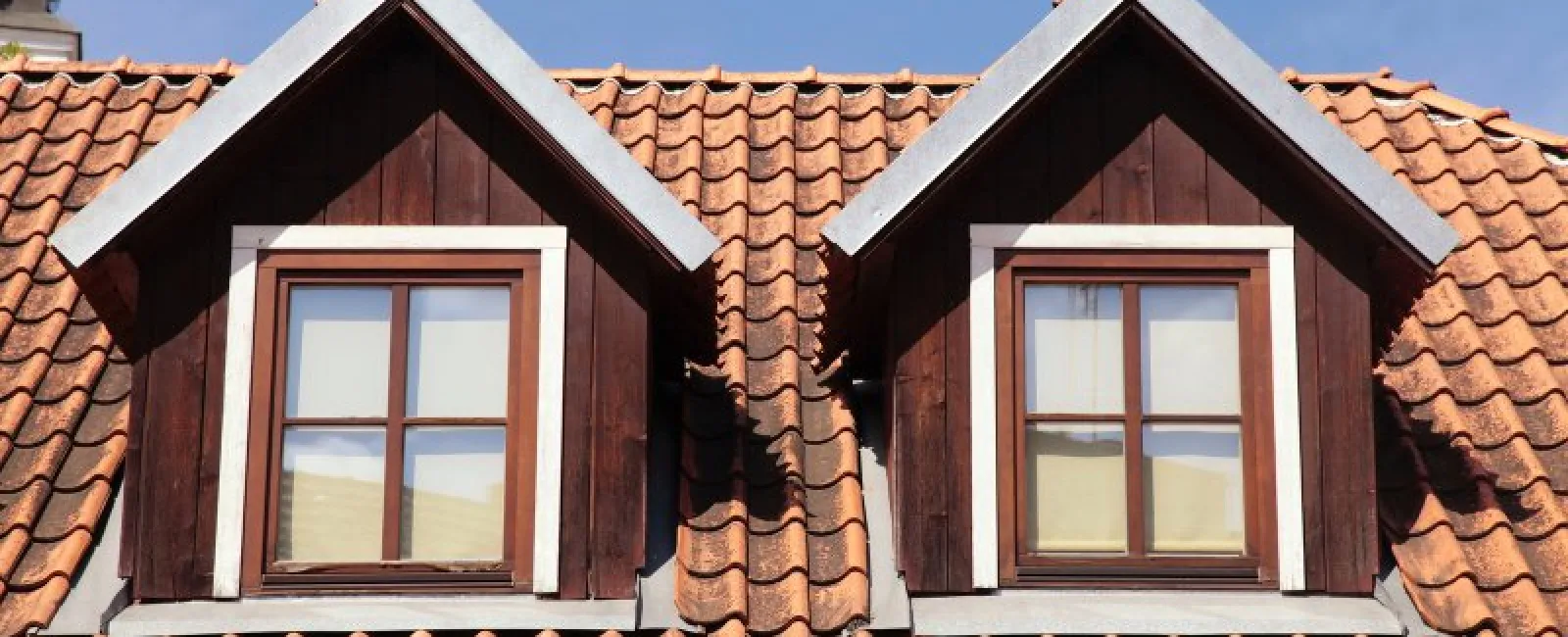Roof flashing and other roof materials shouldn’t be a mystery to homeowners. The more you know about your roof, the easier it will be to notice when something is wrong, or when you may need a professional opinion. Let’s talk about the basics of roof flashing.
What Is Flashing?
You don’t want cracks in your roof. But unfortunately, when two different materials on your roof meet, there has to be a crack somewhere. These cracks are carefully sealed with roof cement or similar caulking, and then covered with a second layer, a strip of material called flashing that is partially hidden under surrounding shingles. Flashing is found around all edges of the rooftop, and ranges in size from thin strips to sheets that are several inches long. It protects the edges and diverts precipitation, so that the most vulnerable parts of your roof stay safe. Flashing is also seen around:
- Valleys where two different roof planes meet
- Chimneys
- Skylights
- Roof vents
- Dormer windows
- Drip edges
- Other less common roof installations
Roof Flashing Materials
Flashing is typically made of sheet metal, cut into specific borders based on what part of the roof it is protecting. However, the metal needs to be as rust- and weather-resistant as possible, so it is usually made out of galvanized steel or coated aluminum. Sometimes copper may be used because it can help prevent algae on shingles.
There are less expensive flashing materials, such as PVC plastic sheaths, but generally metal is the best option, especially in a moist climate like Georgia’s where the flashing needs to be as durable as possible.
Common Flashing Problems to Watch For
Poor installation: Flashing needs to be properly inserted between the shingles or tiles around it. If flashing is not installed and sealed properly, it can actually weaken surrounding roof materials and create gaps for moisture to run through.
Sealant wear: In particularly harsh climates, sealants used on the flashing may curl, crack or drop away, creating gaps. Poor-quality sealant makes this problem even worse. Old sealants need to be removed and replaced.
Corrosion: While flashing is protected with coatings, those coatings can wear away. This gives humid climates a chance to create corrosion, which is particularly dangerous on steel flashing, where rust can cause widespread damage. Fortunately, rust is one of the easiest flashing problems for homeowners to notice, so if you do, call Findlay Roofing and ask about a solution before it gets worse.
Warping: Metal expands in the heat and contracts in the cold. In climates where temperatures shift between highs and lows, problems can result. Thinner roof flashing can warp and ripple over time due to temperature changes, causing it to break apart from its sealant.
Storm Damage: Severe hailstorms or windstorms that fling debris onto your roof can also damage flashing. If you notice small dents in your flashing, get your roof inspected to see if the storm did any other less obvious damage.



